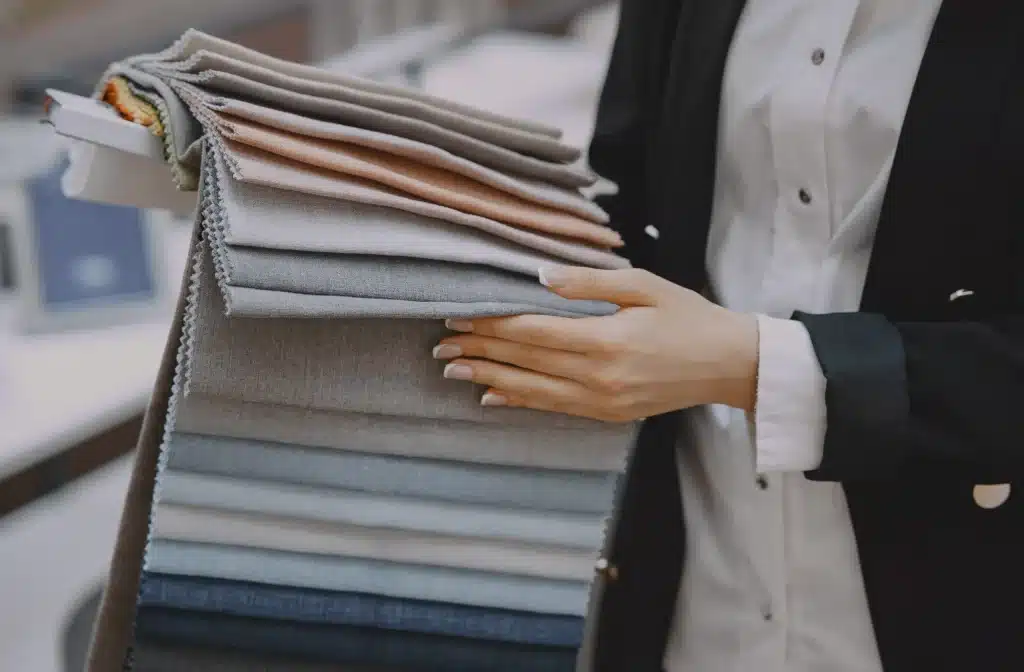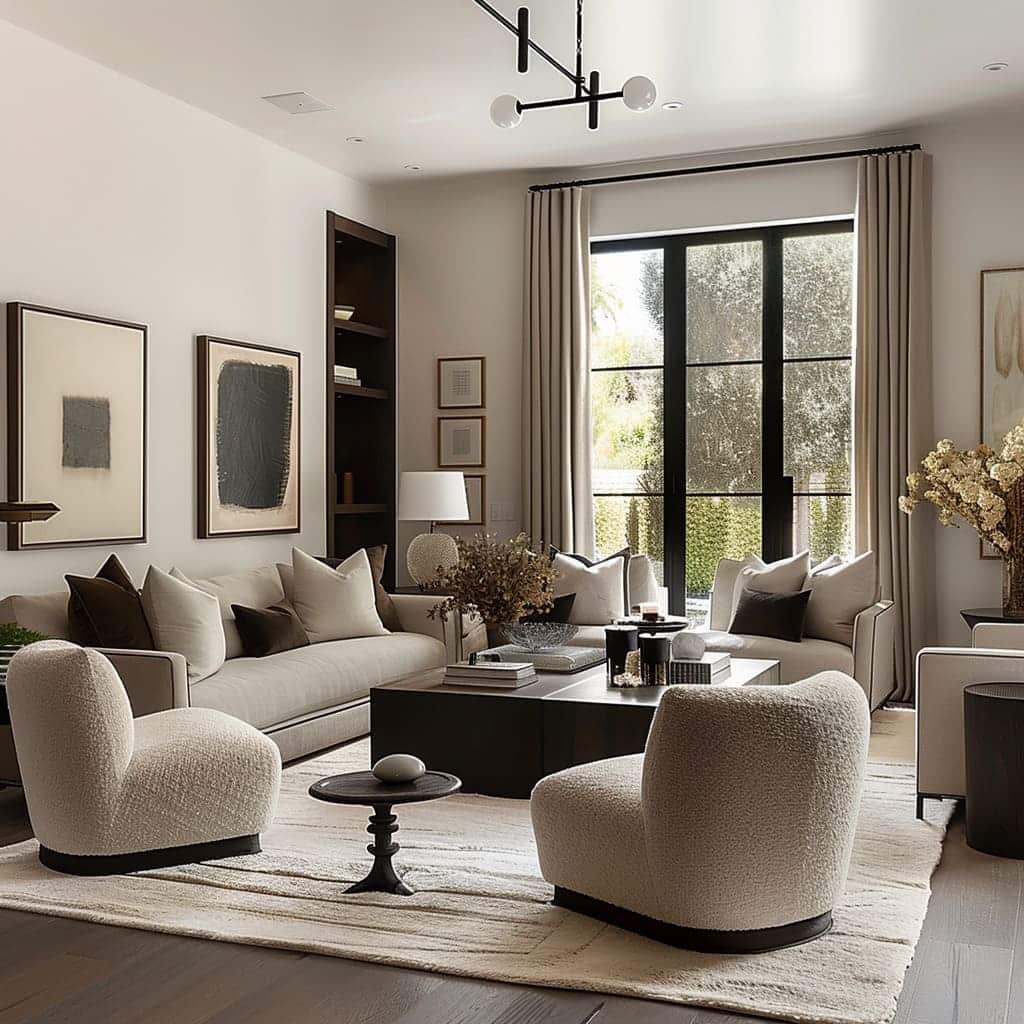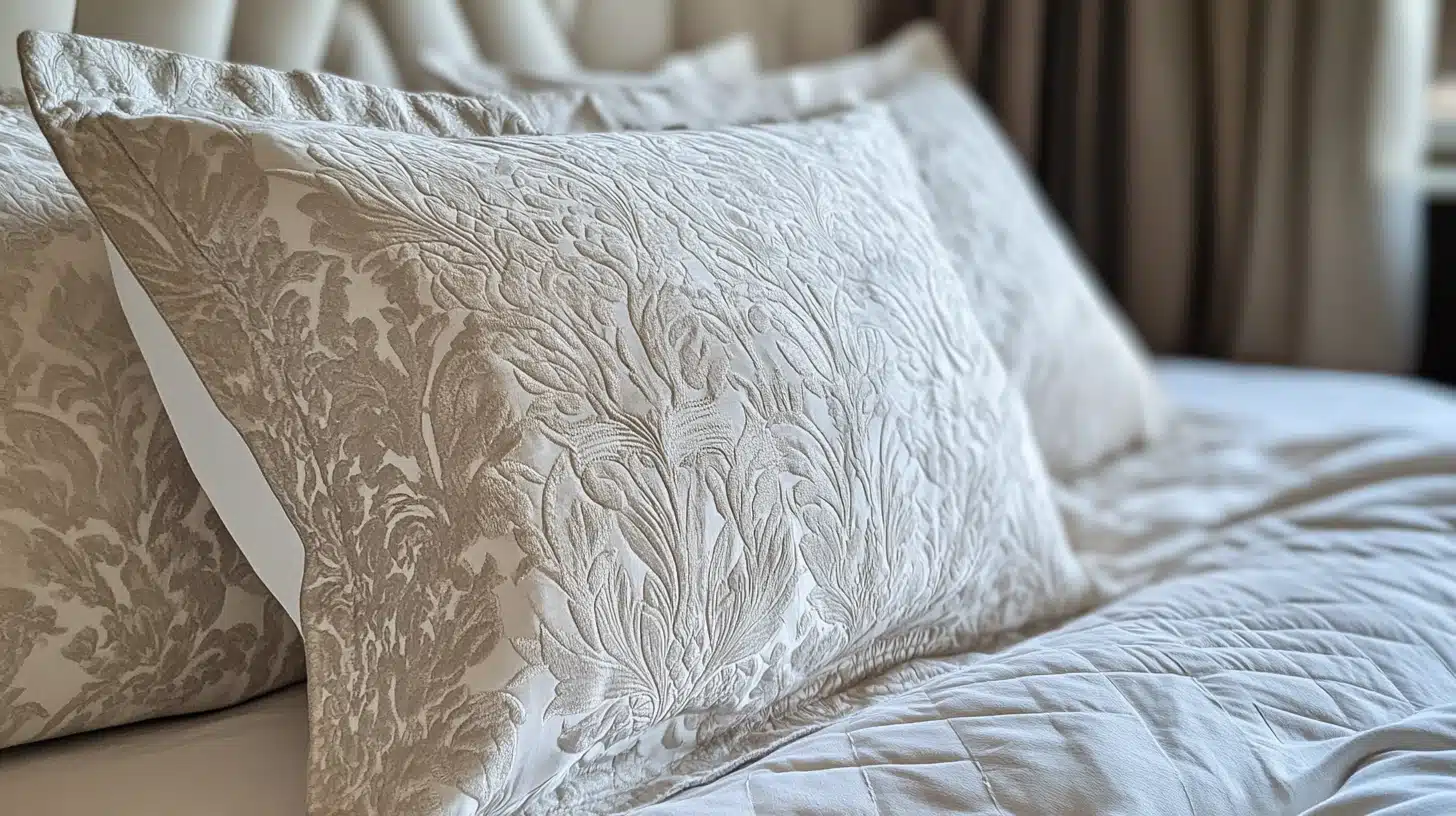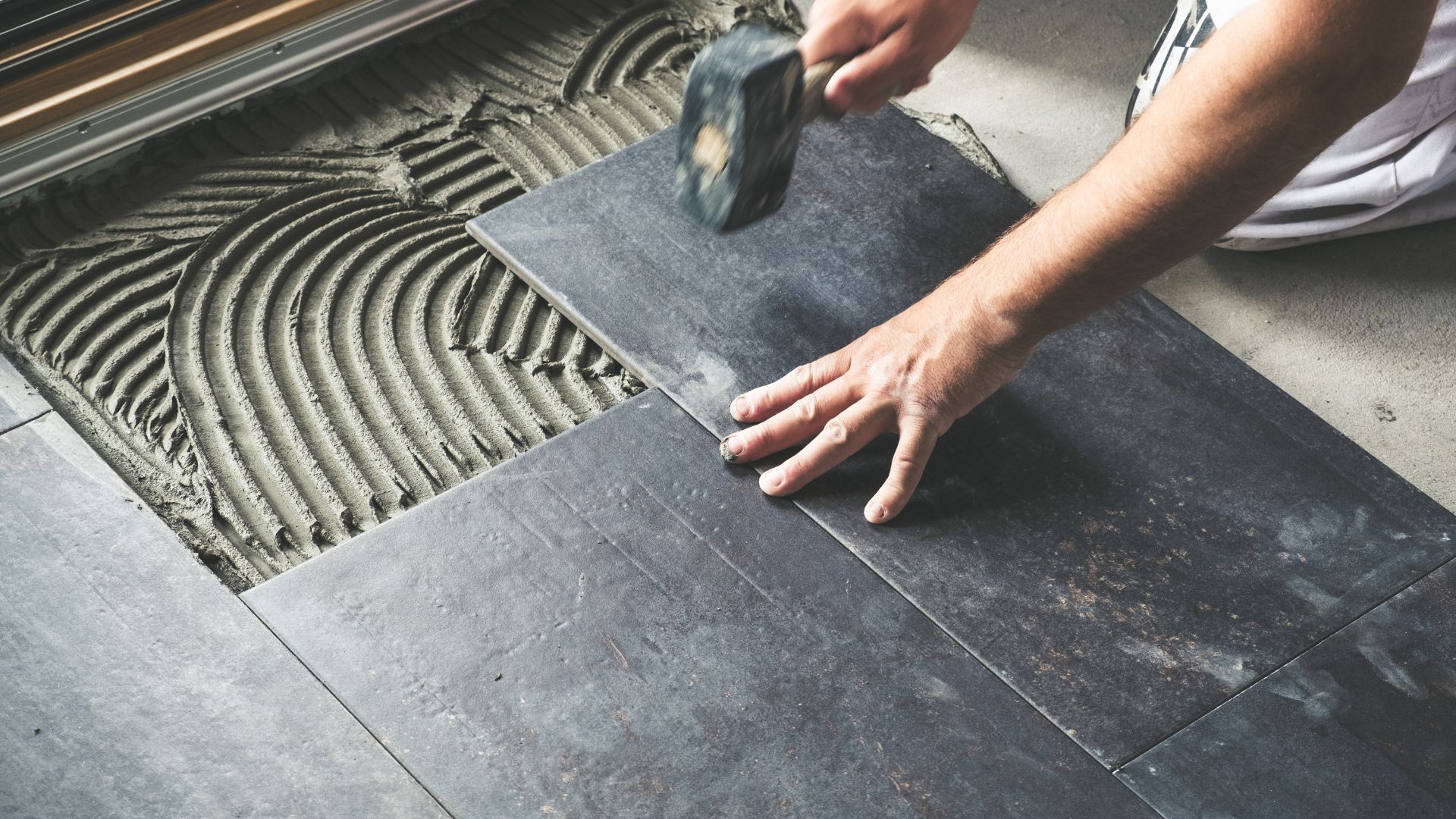Revolutionizing Home Comfort with Advanced Textiles
In homes, the role of fabrics—ranging from the bedding you sleep in, to the clothes you relax in—is often underestimated in its impact on comfort. The development of temperature regulating fabric has significantly improved the quality of home life by introducing an element of smart comfort that adjusts to needs.
Enhancing Comfort Across Seasons
 Regardless of the season, maintaining a comfortable indoor environment is key. While home heating and cooling systems play a major role, the direct contact of textiles with skin has an immediate effect on comfort.
Regardless of the season, maintaining a comfortable indoor environment is key. While home heating and cooling systems play a major role, the direct contact of textiles with skin has an immediate effect on comfort.
Temperature-regulating technologies in fabrics actively work to keep one comfortable, cooling you down when it’s hot or providing warmth when it’s cold. The possibility of bedsheets that adjust to body temperature suggests a future where uncomfortable nights are obsolete.
The impact of temperature-regulating fabrics is not limited to personal comfort; they also contribute to a more stable indoor environment. By reducing the need for constant temperature adjustments through heating or cooling systems, these textiles help maintain a consistent ambient temperature. This not only enhances overall comfort but can also lead to potential energy savings, as the demand for HVAC systems is lessened.
The beauty of temperature-regulating textiles lies in their versatility. They can be incorporated into a wide range of home furnishings, from bedding and pillows to curtains and upholstery.
This means that the benefits of these fabrics can be experienced throughout the home, creating a cohesive and comfortable environment. Whether you’re curled up on the couch with a temperature-regulating throw or stepping onto a temperature-adaptive bath mat after a shower, every interaction with these textiles contributes to a more pleasant living space.
Integrating Innovative Textile Technology
Adopting this textile innovation begins with focusing on the items one uses most. A wise investment is in temperature-regulating bedding, given the importance of sleep. Furthermore, this technology is not limited to sportswear; temperature-regulating clothing offers comfort throughout the day, adapting to indoor temperature fluctuations.
 But the implications go beyond comfort. These smart textiles offer a path to sustainability. By personalizing temperature control, one can lessen dependence on HVAC systems, thereby reducing energy use and environmental impact. This approach offers potentially significant ecological benefits.
But the implications go beyond comfort. These smart textiles offer a path to sustainability. By personalizing temperature control, one can lessen dependence on HVAC systems, thereby reducing energy use and environmental impact. This approach offers potentially significant ecological benefits.
The integration of temperature-regulating textiles into home design extends beyond individual use. Furniture upholstery, curtains and even carpets can incorporate this technology, creating a comprehensive approach to comfort management. By strategically placing these items in the home, it’s possible to create micro-climates that cater to individual preferences and needs, ensuring that every family member can find their comfort zone.
The key to the effectiveness of temperature-regulating textiles lies in the innovative use of phase change material. These materials can absorb, store and release heat, allowing the fabric to adapt to changes in body temperature. When the body is hot, the phase change material absorbs the excess heat, helping to cool the skin. Conversely, when the body is cold, the stored heat is released, providing a warming effect. This dynamic interaction ensures a consistently comfortable experience, regardless of external conditions.
Transforming Daily Living
The application of temperature-regulating technology is wide-ranging. For instance, during a heatwave, bedding that adjusts your temperature can enhance sleep quality without any effort on your part. Or, on cold mornings, these textiles can make getting out of bed less daunting.

In today’s fast-paced world, homes serve multiple functions—they are sanctuaries, offices and recreational spaces. Consequently, maximizing home comfort through technologies like temperature-regulating textiles not only improves daily lives but also supports a thoughtful, sustainable lifestyle.
This technology, which brings additional comfort, efficiency and environmental mindfulness into living spaces, is invaluable as you strive for balance in your dynamic lives.
The transformative potential of temperature-regulating textiles in daily life is not confined to the indoors. These fabrics can also be used in outdoor settings, such as patio furniture or garden hammocks, to extend the comfort of living spaces.
They offer the possibility of enjoying outdoor areas for longer periods, even in less-than-ideal weather conditions. This adaptability further enhances the quality of life by blurring the boundaries between indoor and outdoor living.







